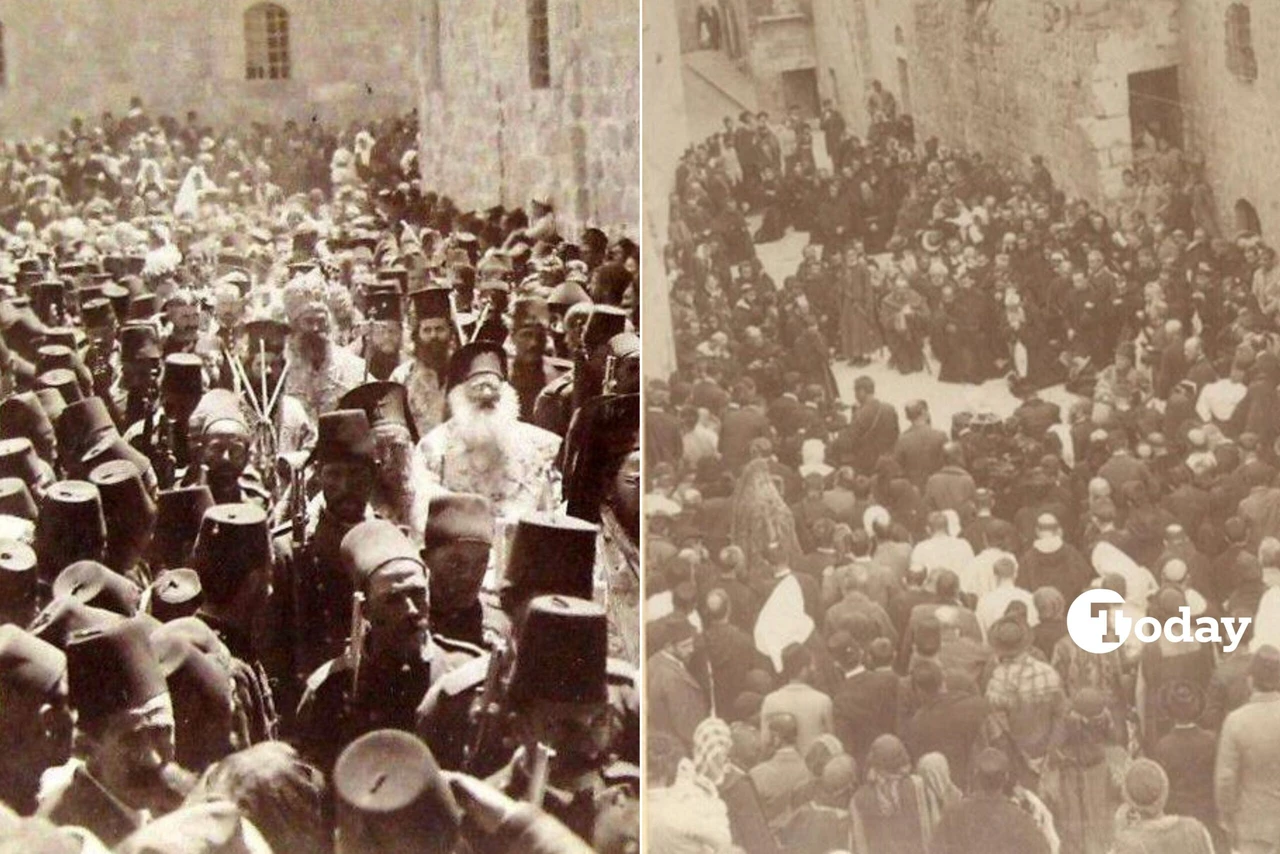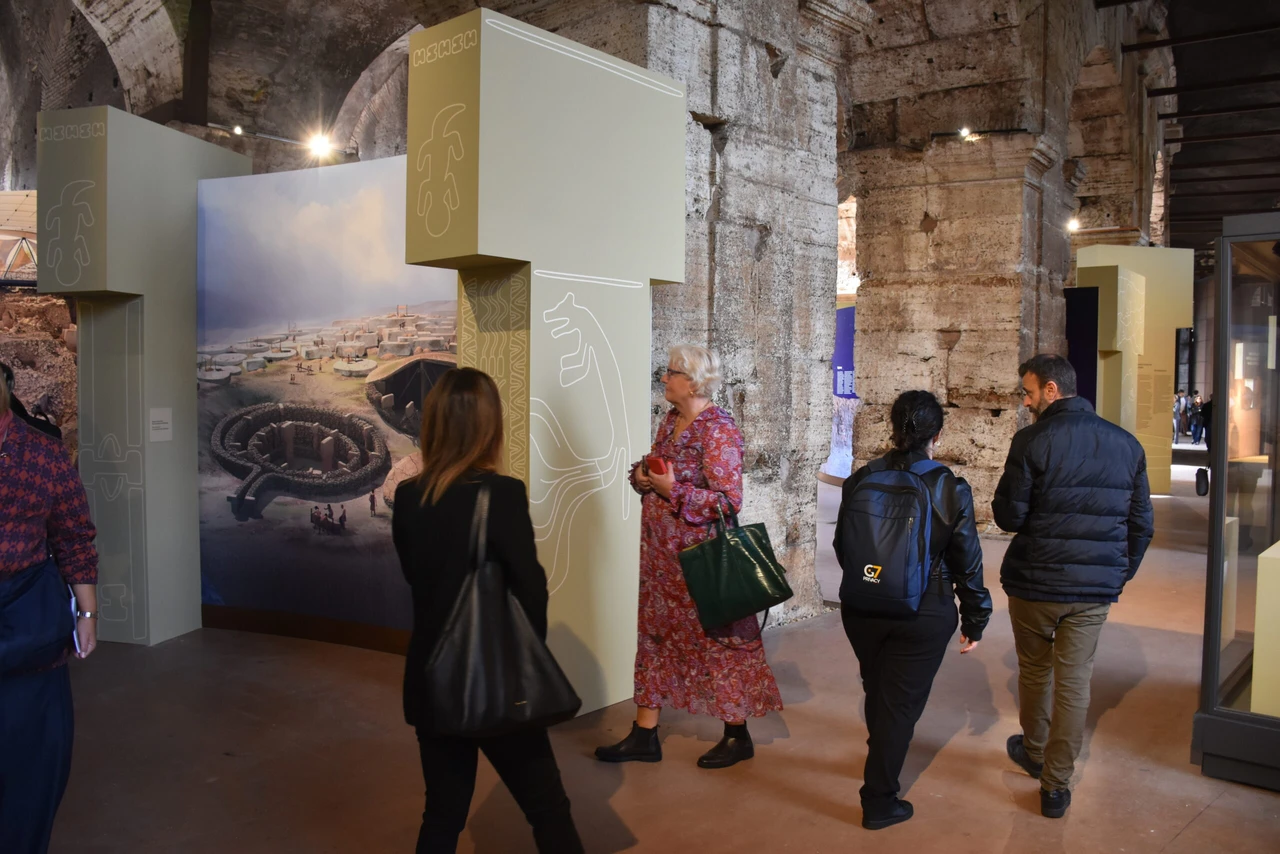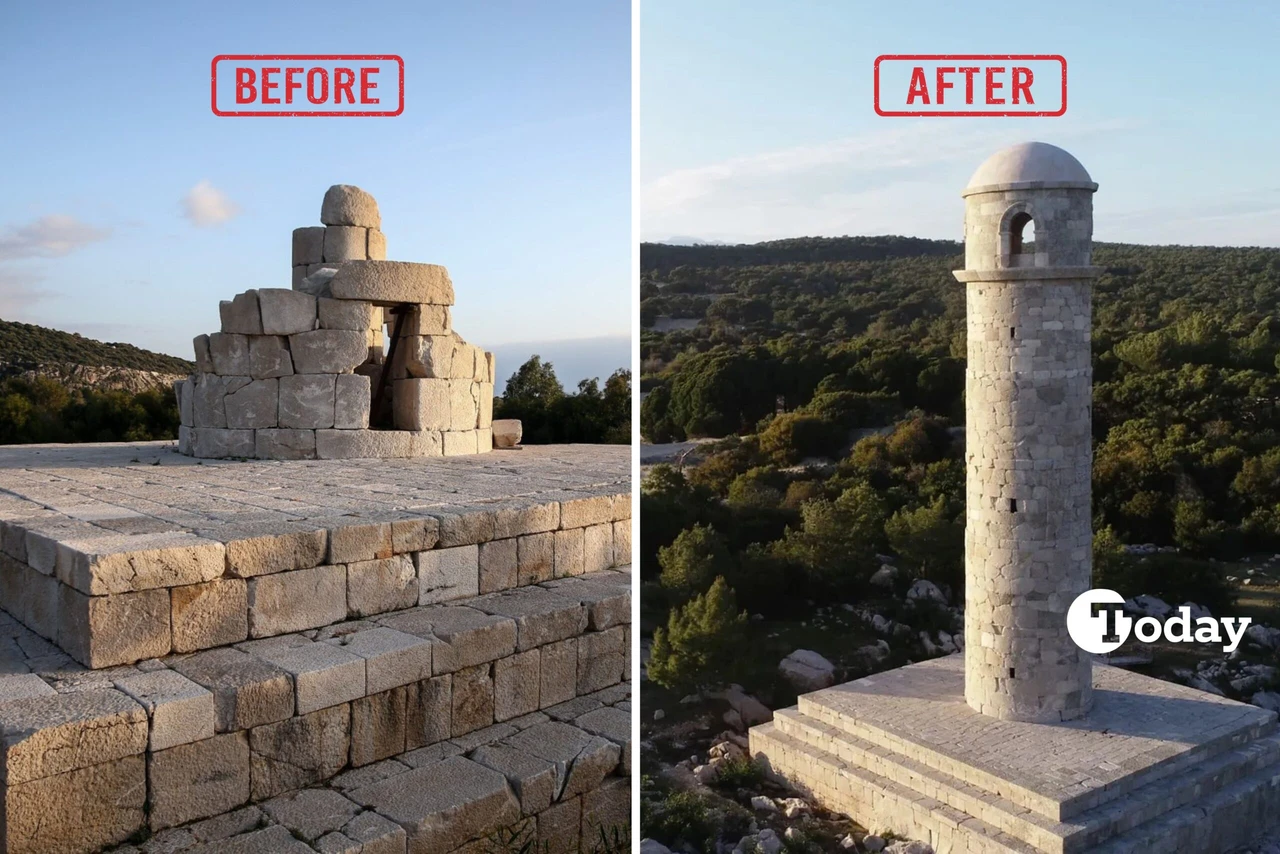Ancient Roman tombs uncovered in Amasya: Skeletons from 2,000 years ago discovered
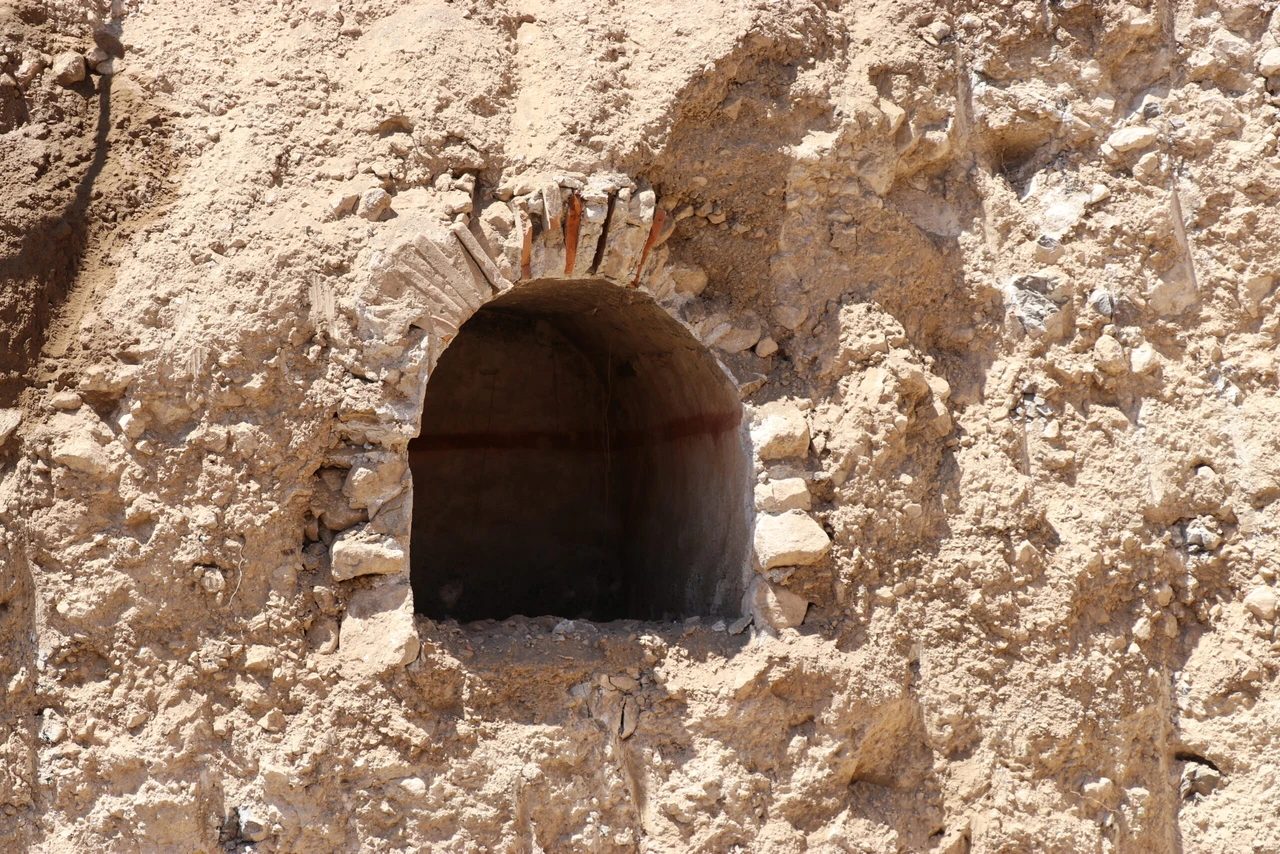 Human bones found in 3 Roman tombs during excavation of a construction site in Amasya, Türkiye, August 7, 2024 (AA Photo)
Human bones found in 3 Roman tombs during excavation of a construction site in Amasya, Türkiye, August 7, 2024 (AA Photo)
In Amasya’s Hizirpasa district, three Roman-period tombs and human bones were discovered during the excavation of a construction site’s foundation.
Excavations carried out by the Amasya Archaeological Museum’s team are ongoing at the site where the tombs emerged from the foundation digging by construction machinery. Upon being informed of the situation, work at the site was halted, and an examination was initiated.
Approximately 30 pieces of human bone fragments were uncovered. These findings are estimated to be human remains from the Roman period, about 2,000 years old.
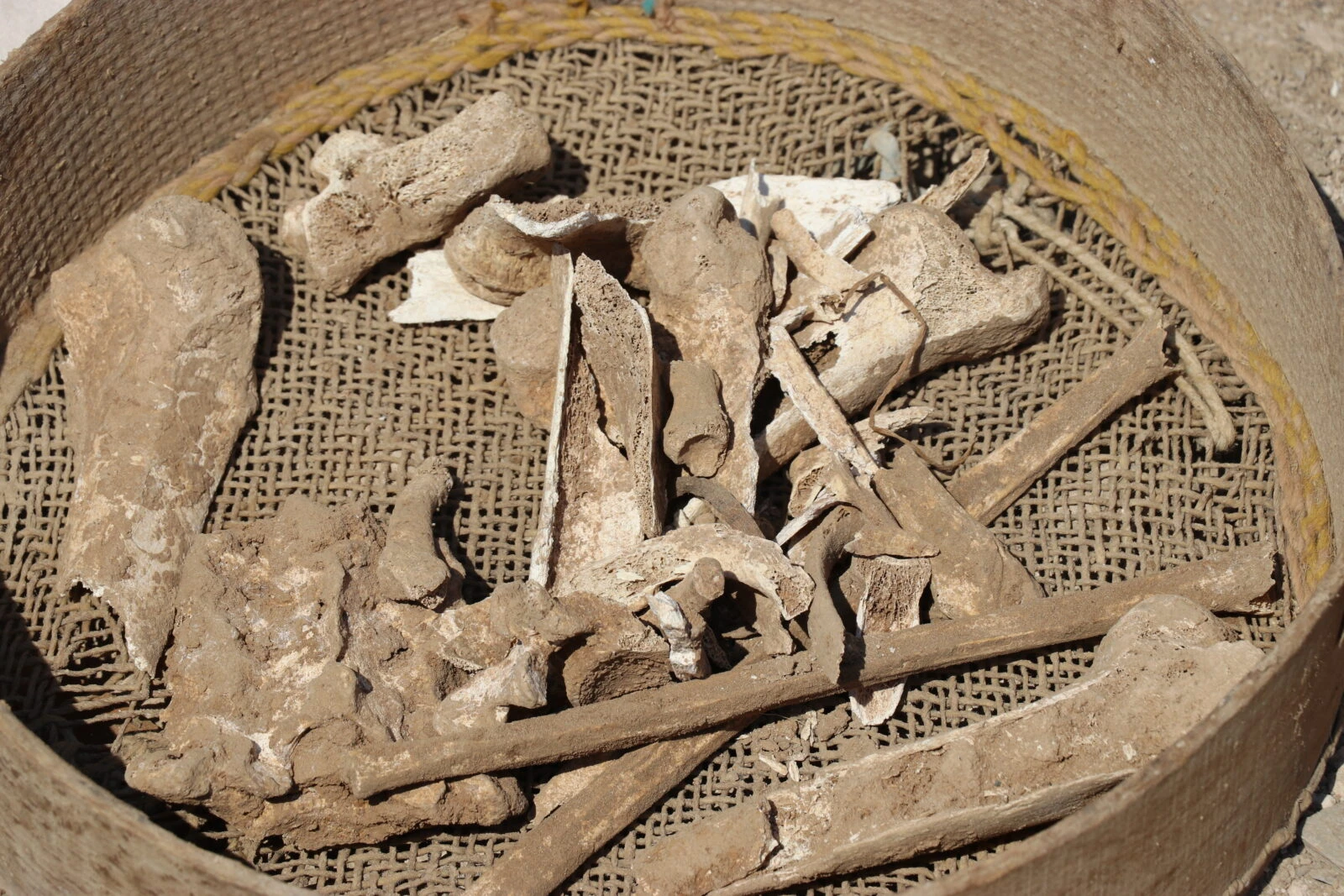
Historical findings from the tombs have the potential to provide new information about the Roman period in the region. It has been noted that excavation work will continue in the area where construction was halted.
Huseyin Onur Erdem, a lecturer at the Amasya University Design Vocational School’s Department of Architecture and Urban Planning, who conducted the examination of the site, stated to journalists that they were familiar with the tombs from rescue excavations conducted in the Samlar district.
Erdem mentioned that the tombs generally show usage from the 2nd and 3rd centuries A.D., continuing until the 5th and 6th centuries A.D.
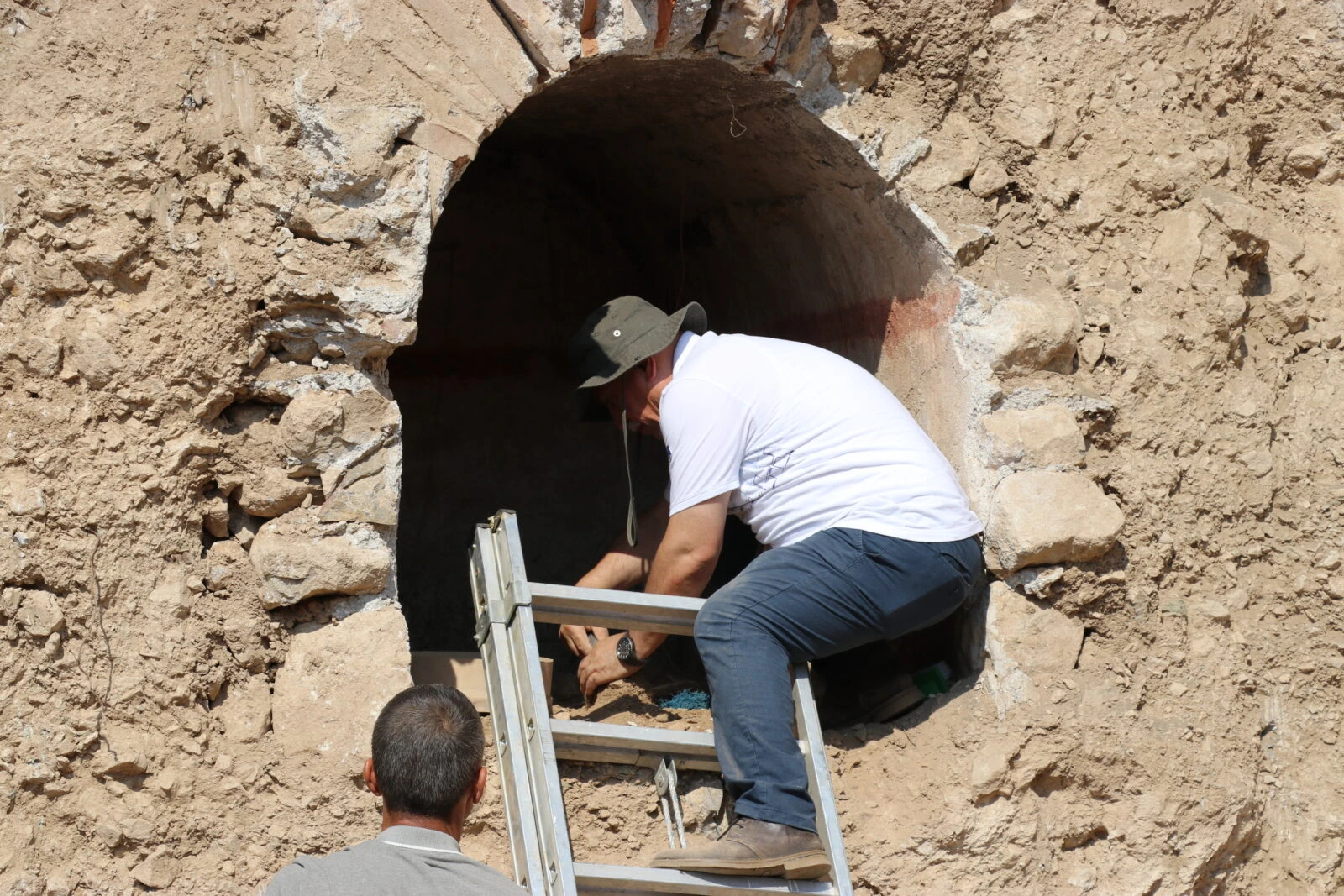
However, he also noted that the arched tombs’ white lime plaster and fresco, along with the red striped decorations made with dye, indicate that these tombs were created before the 4th century, approximately 1,700 to 1,800 years ago.
